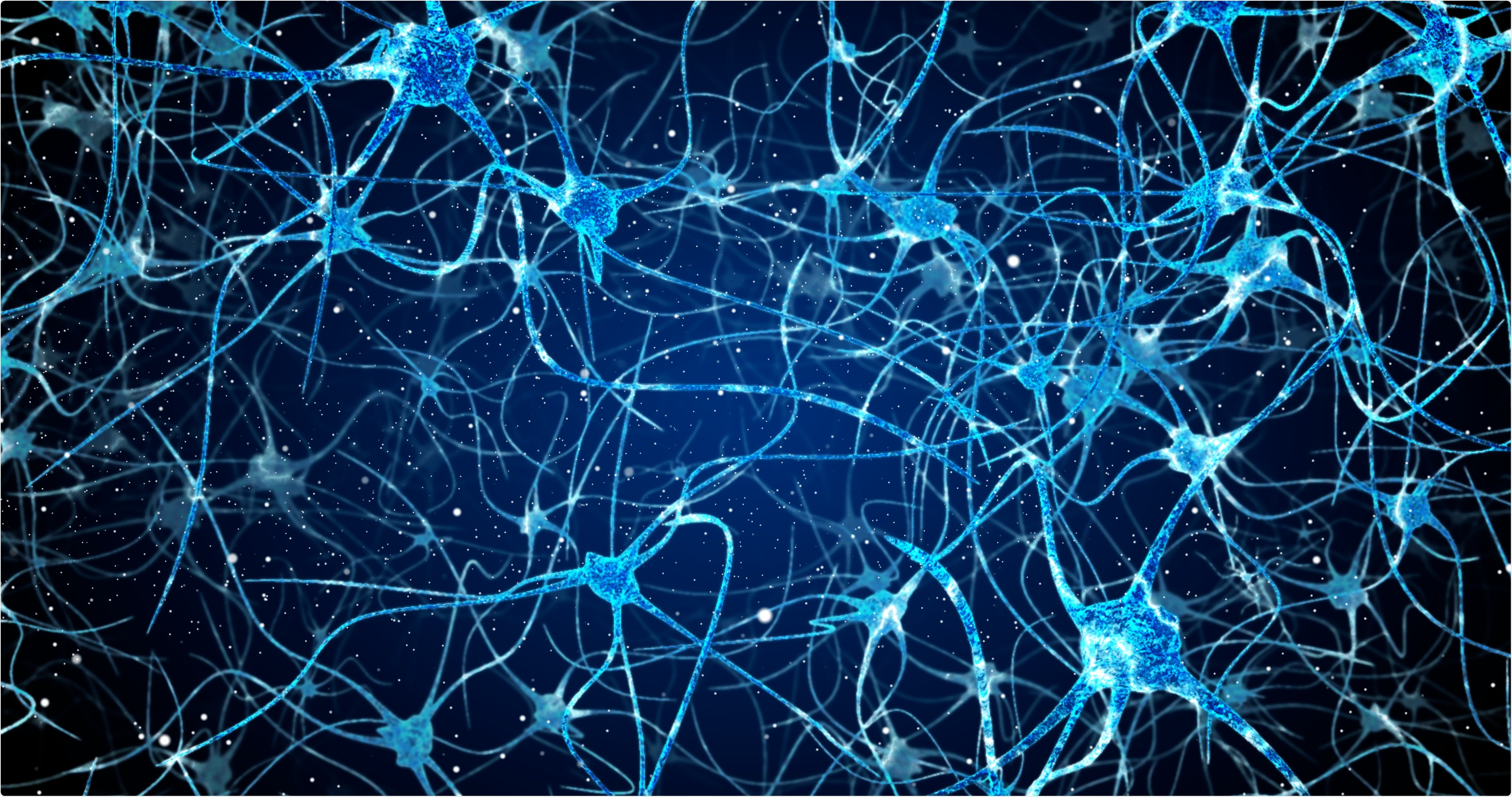A majority of strokes occur when an artery in the brain is blocked. As blood flow to the neural tissue gets blocked, and those tissues generally die. Owing to the locations of the significant arteries in the brain, most strokes impact motor function.

Image Credit: viktorov.pro/Shutterstock.com
Some impact vision, resulting in patients losing their vision or leaving them with diminished or compromised vision.
A team of scientists headed by Alexander Chubykin, an associate professor of biological sciences in the College of Science at Purdue University associated with the group headed by Gong Chen at Jinan University, China, identified a means to employ gene therapy to convert glial brain cells into neurons, reinstating visual function and providing hope for a way to restore motor function.
Neurons do not regenerate. The brain at times remaps its neural pathways to restore certain visual functions after a stroke. However, the process is inefficient and lethargic, and in some patients, it does not occur at all. Stem cell therapy, which can help, depends on identifying an immune match and is hard and cumbersome. The novel gene therapy, illustrated in a mouse model, is highly effective and is greatly promising.
We are directly reprogramming the local glial cells into neurons. We don’t have to implant new cells, so there’s no immunogenic rejection. This process is easier to do than stem cell therapy, and there’s less damage to the brain. We are helping the brain heal itself. We can see the connections between the old neurons and the newly reprogrammed neurons get reestablished. We can watch the mice get their vision back.”
Alexander Chubykin, Associate Professor, Biological Sciences, College of Science, Purdue University
The study carried out by Chubykin is particularly significant as visual function is easy to measure precisely when compared to motor skills employing processes like optical imaging in live mice to trace the formation and maturation of the newly converted neurons over the course of weeks.
Understanding and improving this process can lead to a similar technique reestablishing motor function. The current study bridges the gap in understanding the basic interpretation of the neurons and the function of the organs.
Source:
Journal reference:
Tang, Y., et al. (2021) Restoration of Visual Function and Cortical Connectivity After Ischemic Injury Through NeuroD1-Mediated Gene Therapy. Frontiers in Cell and Developmental Biology. doi.org/10.3389/fcell.2021.720078.